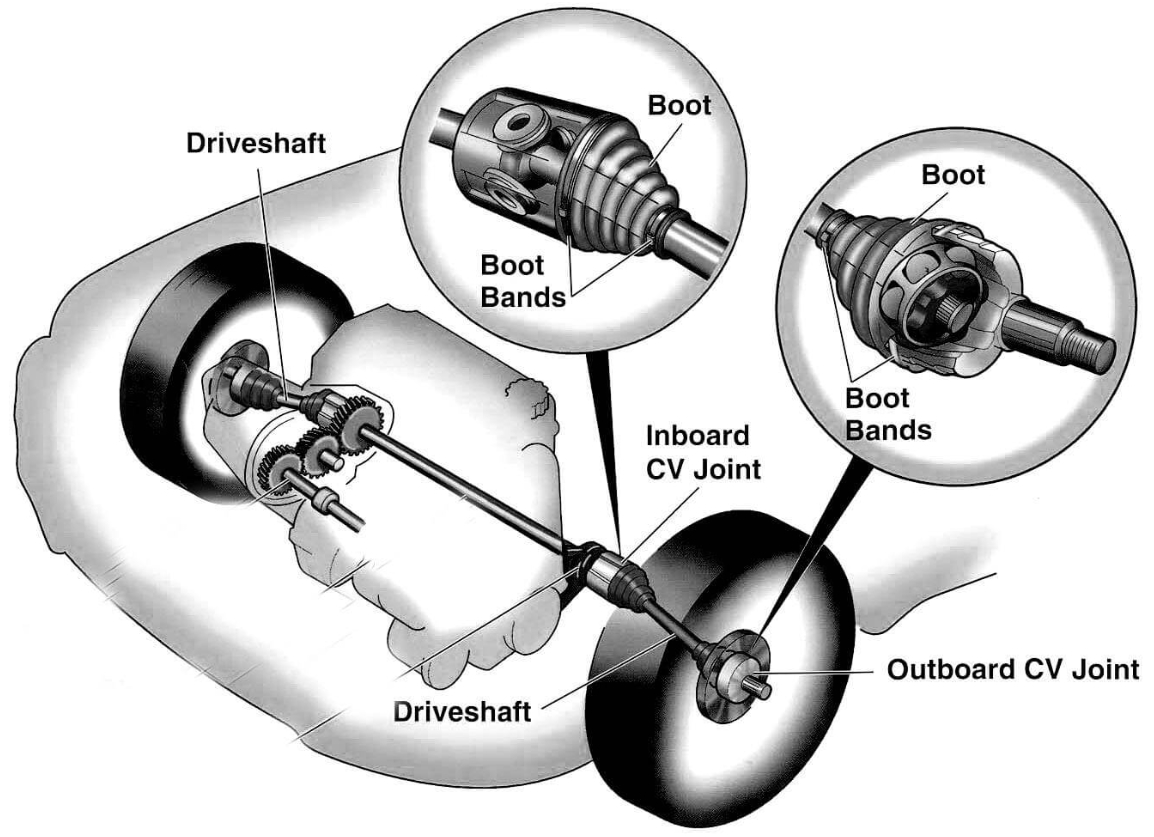Axles

Your vehicle’s axles are vital to keeping your vehicle moving down the road. You might need an axle replacement if your vehicle is making a clicking sound at low speeds, especially while turning, or if your vehicle no longer moves.
Bring your vehicle to our professional, experienced and knowledgeable technicians to receive expert axle repair and service. You’ll be back, safety on the road, in no time!
LEARN ABOUT AXLES:
Axles are crucial components that transfer the engine's power to the the wheels of the vehicle, allowing the tires to rotate. They come in different types depending on the vehicle's design and drivetrain.
Types of Axles
1. Drive Axle: Found on vehicles with front-wheel, rear-wheel, or all-wheel drive, the drive axle transfers power from the transmission or differential to the wheels, enabling movement. It typically consists of two half shafts connected by a differential that adjusts the power sent to each wheel to manage different wheel speeds, especially during turns.
2. Semi-Floating Axle: Common in cars and light trucks, this axle partly supports the weight and partly transfers power to the wheels. It’s simpler than a full-floating axle and is suitable for lighter loads.
3.Dead Axle (Non-Drive Axle): Unlike the drive axle, a dead axle doesn’t transmit power; it simply supports the weight of the vehicle. It’s often found in the rear of front-wheel-drive vehicles.
4. Full-Floating Axle: Mostly seen in heavy-duty trucks, this axle bears the vehicle’s weight directly and is capable of carrying heavy loads. The axle shaft "floats" in the hub assembly, meaning the wheel and hub support the weight instead of the axle shaft.
How Axles Work
The axle receives rotational force from the transmission, transfer case, or differential, which transfers it to the wheels. This force drives the wheels, allowing the vehicle to move. When the vehicle turns, the differential adjusts to allow each wheel to rotate at different speeds (since the outer wheel needs to travel a greater distance than the inner wheel). Some axles are also designed to bear the weight and shocks from driving over bumps, ensuring that the vehicle remains stable and responsive.